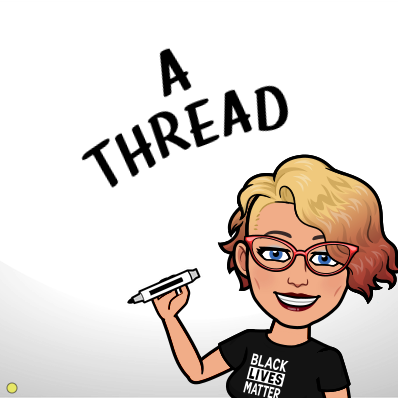On May 19th, the province of Nova Scotia announced that all schools would continue to do remote learning for the remainder of the school year. Although this was sad, it was a decision. If you read my previous post, you'll know that the uncertainty is what is most stressful for me. I was glad that a decision had been made, and that I could move forward with planning the last 6 weeks of school to be as full of engaging learning opportunities for my students as possible.
Yesterday (Friday, May 28), a mere 9 days after this announcement, that decision has been reversed. I am headed back to school on Wednesday June 2nd. I found out about this in a press conference (which, as an aside, was extremely confusing and did not provide clear information on a number of issues). I found out about this at 3:30pm on a Friday afternoon.
I am so frustrated by the decision to make an abrupt about-face, which was done without consultation with teachers.
I am so frustrated by the fact that the planning I spent the past week doing, in order to be the best I can be for my students, now needs to be modified yet again. Teaching online does not mean just taking activities that can be done in person and doing them online. Likewise, teaching in person does not mean I can just do the things I had planned when students were going to be learning from home.
I am so frustrated that my students, who had just started to get into a good routine, and who were coming to terms with how their school year would end, now have to go through a surprise transition back into the classroom.
I am so frustrated by the lack of answers to the following questions, which I believe are crucial to a safe and positive reopening of school buildings :
- In what ways has the Back to School Plan from August 2020 been updated to reflect current understandings of the spread of Covid-19 and its variants?
- Based on the current restrictions in place in Nova Scotia, what are the Public Health directives for:
- seating in a classroom where distancing is not possible
- eating lunch indoors, where distancing is not possible
- having students work in groups
- masking in outdoor spaces (if this is still the recommendation for places like outdoor markets)
- masking during Physical Education / Music classes
- What are the plans for families choosing not to have their children return to the classroom for the remainder of the year? Is there a plan in place to ascertain who these students are prior to Wednesday? From the perspective of the Region / Department, what are the responsibilities of the teacher if a family chooses to keep their child at home?
- What is the plan for students who miss time due to vaccination appointments / needing to self isolate for testing (possibly for 14 days)?
- Is it possible that Public Health be looking to provide vaccinations to students at schools before the end of June?




















































